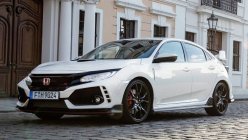Parts of a Car: Introduction
If we break down the idea of a car down to its fundamental concept…it’s kind of pretty simple. Take a look at a go-cart, for example, the simplest form of a four-wheeled powered vehicle. There’s an engine at a back with its cooling system, a seat for the driver, four wheels, a braking system, a chassis, and a steering wheel.
That’s it. Look back a few decades ago, the can be said for the first model to be ever mass-produced; the Ford Model T. As the years went on though, the car as we know it has become more advanced.
Fast forward to today, what we now have is a combination of the basic “go-kart” formula plus transmission and loads and loads of technology. Regardless, the basic formula remains somewhat the same with slight variances.
For a car owner, knowing what your car is comprised of is a must. For the purpose of this article, Philkotse.com will only give a short description of each part but we’re sure that this list will somewhat provide a good starting point and an overview of the multiple systems that make up a modern car.
1. Car parts interior names & functions
Car Seats
Are the seat used in automobiles? Usually made from durable materials but most today are foam that is clad in fabric. Today, seats are designed to be ergonomic and there are even some that come with their own powered adjusters.
Note also that there are special seats for children called child car seats and for automotive racing.
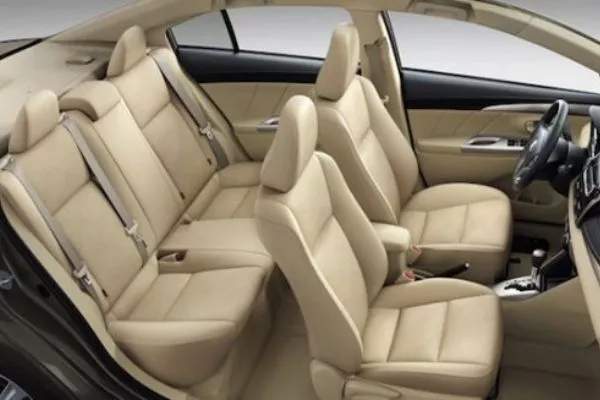
The seats aboard a 2019 Toyota Vios
Dashboard
Located in front of a driver and the front passenger, the dashboard is where many of the controls of the car’s systems are mounted for easy reach. These include the entertainment systems and air-conditioning systems, and of course, the steering wheel.
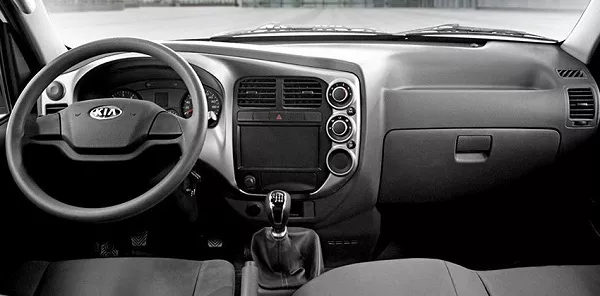
The dashboard of a Kia Carga. Looks boring but plastic ones can take a lot of beating
Steering Wheel
A steering wheel is the user interface component of the steering system. Usually, it comes in a round shape and has several spokes, hence the term; steering wheel.
Modern vehicle’s steering wheels also have several auxiliary controls for the entertainment systems, hands-free calling. It’s also where the driver’s airbag and the horn are located.
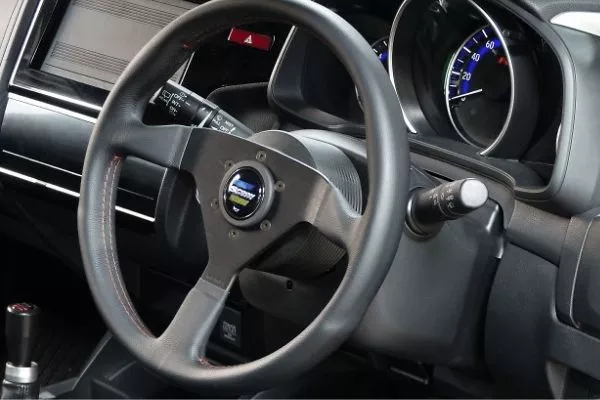
An aftermarket performance steering wheel
>>> Also check out: Easy cleaning tips for 5 different types of the steering wheel
Shifter
Referred to as a shifter, or gear shift, is the driver interface part of the transmission system. On a manual vehicle, a driver uses this to select a gear in conjunction with the clutch. On automatic vehicles, a clutch is not needed and it is merely used to select P=park, R=reverse, N=no drive, and D=Drive.
While shifters are commonly found in between the two front seats, some vehicles will have it mounted on the steering column, like the Toyota Crown Taxi, and on the dashboard like the Toyota Hiace.
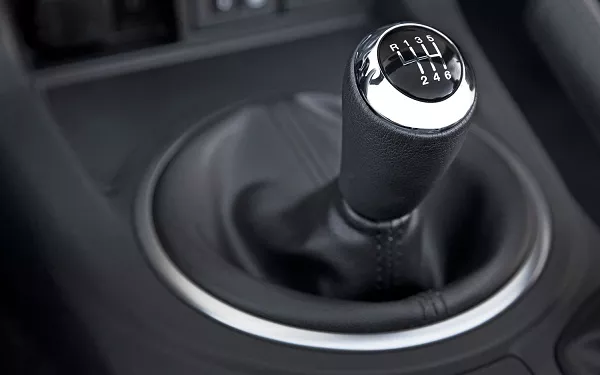
A car gear shifter
Hand brake
Also called a parking brake or emergency brake, the hand brake is a device used to secure a vehicle whenever it is parked. There are also kinds of parking brakes that are controlled by using a pedal like on the Hyundai Ioniq.
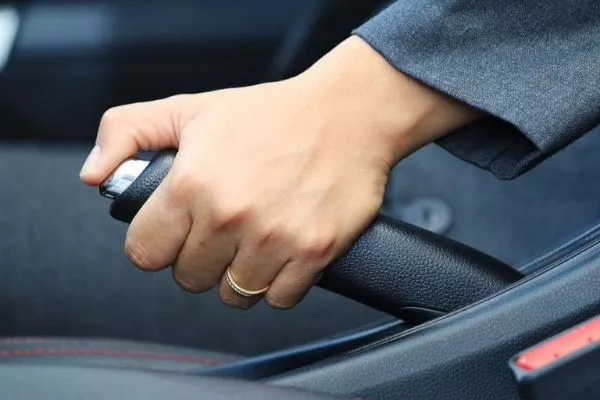
For those who have a small to mid-size, RWD, manual car, then this is also called as the fun stick
Pedals
On a typical vehicle, these are found below the dashboard near the floor and are within easy reach of a driver’s feet. On a vehicle with a manual transmission, there are three pedals; the left-most one is the clutch, the middle one is the brake, and the third, right-most one is the accelerator.
On an automatic transmission vehicle, there are only three pedals; the brake pedal on the left and the accelerator on the right. Note though that some vehicles will have a pedal for their parking brake control.
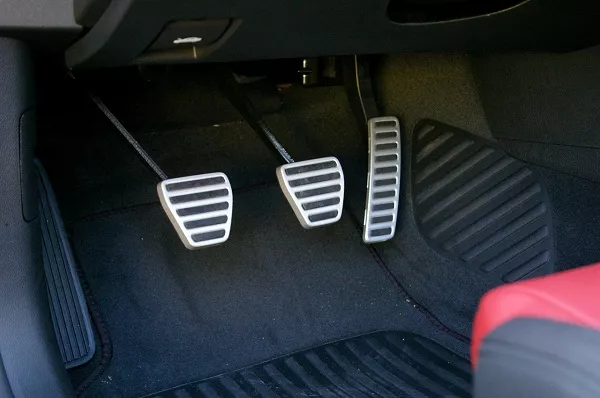
Picture of the car pedals
>>> Related: The Anatomy of a Vehicle: What are cars made out of?
Interior Door Panels
These are usually found covering the interior side of a car’s doors. They are either covered in fabric as well as some padding for comfort. In most vehicles, this is also where the controls for the windows and where the door latch is located.

They're particularly hard to DIY clean especially the cloth clad ones. Buy a decent vacuum
Air-conditioning System
It is a system that uses air conditioning to either cool or heat the interior of the vehicle for passenger comfort. It is a complicated system, so check out our comprehensive guide to car aircon parts for a better explanation.
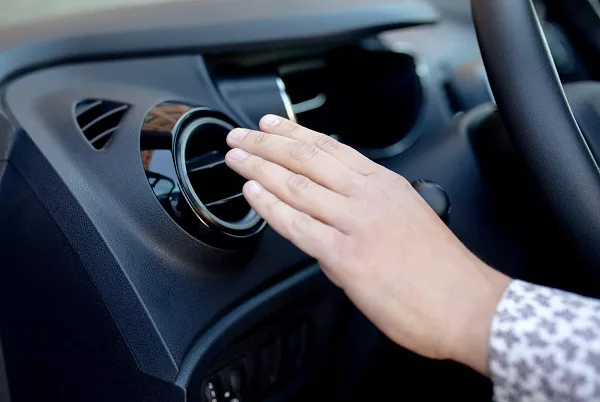
Car aircon is probably the most important parts of a car for Filipinos especially with today's traffic
Center console
The center console refers to the part of a car’s interior where the dashboard begins. It’s also mounted on top of the transmission tunnel that runs between the centerline of the vehicle. This is also the traditional position of the gear shifter.
On modern vehicles, center consoles can vary a lot. Many have storage places like cupholders and cubby holes while others will have controls for onboard entertainment and comfort devices.
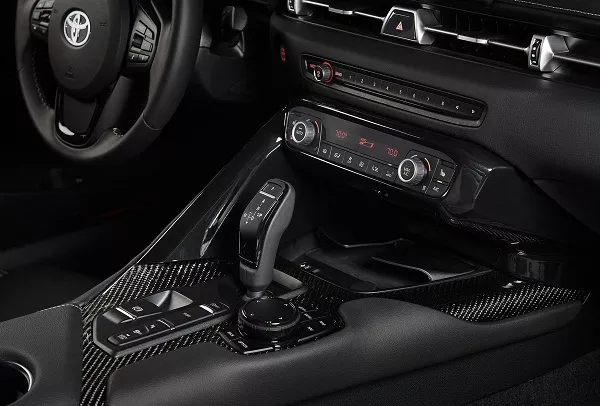
The center console of a 2020 Toyota Supra
Rearview mirror
Used by a driver to see the area behind the vehicle. It is typically mounted near to the top of the windshield inside the car.
>>> For further reference: How to adjust rear-view mirrors for a safe drive
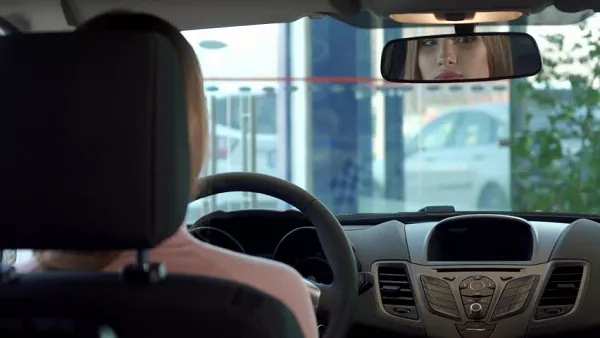
Rearview mirror is useful for glaring at your behind passengers
2. Car part exterior names & functions
Front and rear bumper
Are exterior parts that are attached to the rear and front ends of a vehicle. In a minor fender bender, these are designed to stave off impacts. In the past, they were made out of metal, nowadays, these are made from a huge range of materials like plastic to aluminum, to carbon fiber.
>>> Related: Car Fender vs Bumper: What are the differences?
Headlights
Also called a headlamp, these are lights that provide visibility when traveling in darkness. They can be positioned in two ways; a high beam and a low beam.
In the present, there are several major types, LEDs, halogens, HIDs, and Laser. The LED is increasingly becoming more popular due to its efficient energy use. They’re also brighter than any bulb.
Apart from providing visibility in the dark, many vehicles now have daytime running lights to increase the visibility of your vehicle.
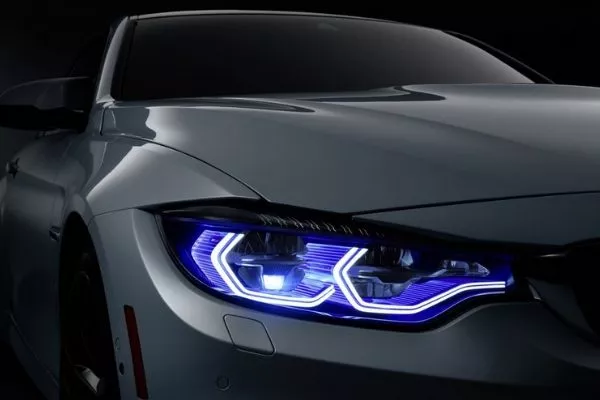
They come in many shapes and sizes and will provide your car a lot of its personality
>>> Useful tips on choosing the best headlight for your car
Tail-lights
Tail-lights or tail-lamps commonly refer to the cluster of lights located in the rear of the car. These make your car visible and the brake lights will also tell another driver that you’re slowing down and/or are braking.
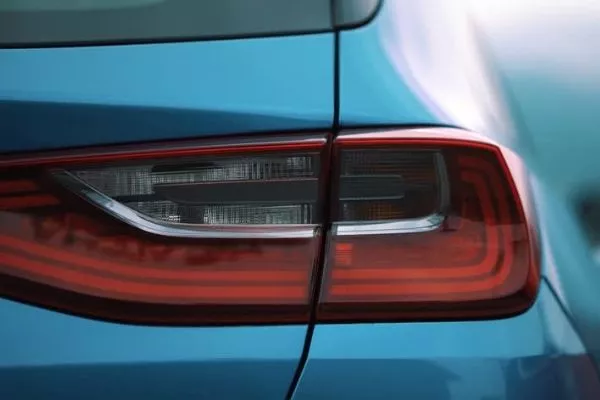
Check your rear brake lights regularly if you don't want to get rear-ended
Signal lights
Are a set of lights located on the rear and front of a car that will intermittently turn on and off, a.k.a “blink.” This will inform other drivers of which direction you are heading towards. Usually, the controls for the signal lights are located on the left of a steering column (right-hand drive cars).
All modern cars have front and rear signal lights. And lastly, all cars have a hazard light function that you use in certain situations. These function by blinking all of the signal lights at the same time making a car more visible.
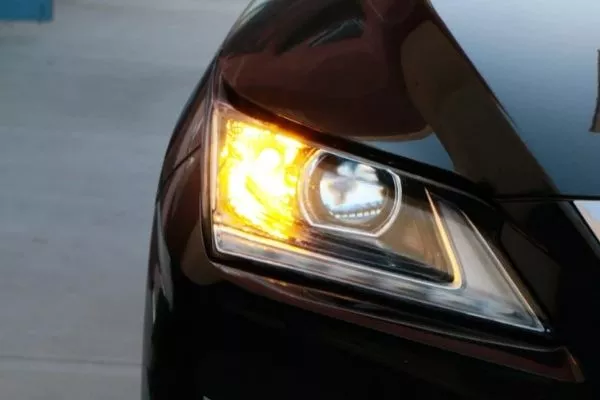
Signal lights being used
Doors and Windows
As it says on the tin, doors are the parts of a car that you open using a latch to get inside. They also serve as the window’s mounts.
Also, the number of doors will dictate the car's body style. Take for example the Suzuki Celerio. It’s a 5-door hatchback with the rear door being the access point for the trunk.
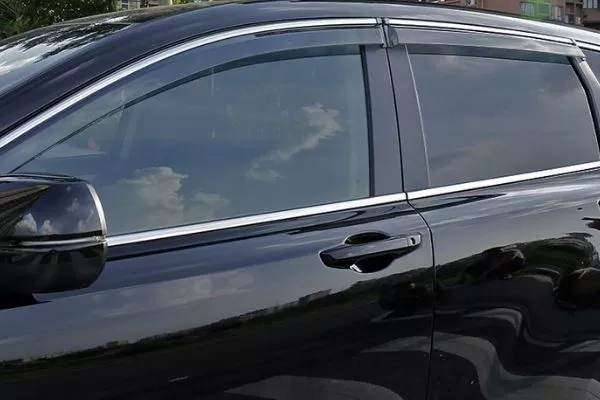
A car's doors and windows
>>> Related: Different types of car doors from regular to the unusual
Wheels, Tires, and Brakes
- Wheels refer to the rims or the thing that holds the tire in place. Will come in a myriad of styles and sizes.
- Tires are ring-shaped and cover the wheel (rim). It is the primary contact point of a vehicle on terrain and it typically made out of rubber and will have air inside. Modern tires consist of two parts; a tread and a body. The tread is the patterns we see on tires and they provide traction. The body, in turn, provides support.
- Brake is a mechanical device that slows down the rotational motion of a car. This is done through friction.
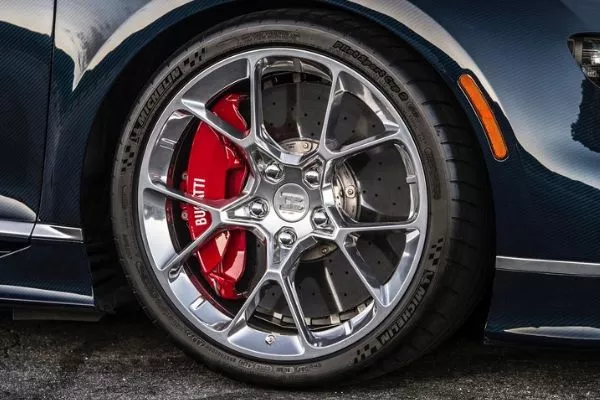
A Veyron's tire, wheels, and brakes in one picture
Side mirrors
Also called wing mirrors or side-view mirrors, the side mirrors are mounted outside a car for helping the driver see the spots behind and on the side of the vehicle.
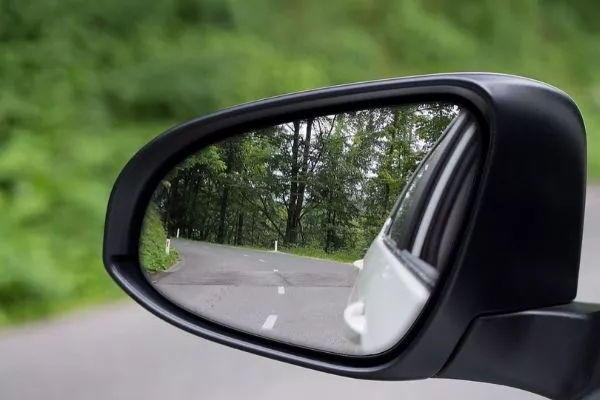
A car's side mirror
Windshield
A windshield or a windscreen is the front window of a vehicle. It provides visibility while at the same time it provides the occupants of a vehicle from the elements. These are usually made out of laminated safety glass and are usually curved in shape.
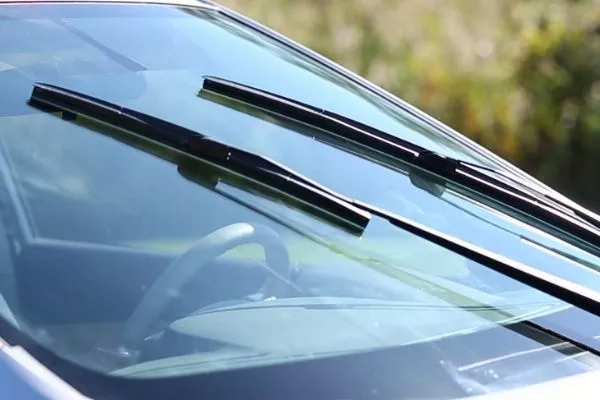
Because you do not want to eat bugs while driving along NLEX
Pillars and Roof
- Pillars – are the supports that hold up the roof of the car and also provide a great degree of structural rigidity. The longer the car, the more pillars it has. Also, some car designs will exhibit a slanting pillar like on a hatchback.
- Roof – Is the top part of a car that protects the passengers and the driver from the weather. It has many variations, most of which come significance with the convertible vehicle.
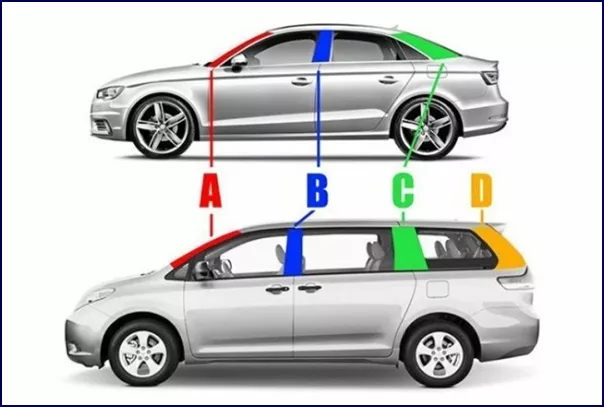
A longer the car, the more pillars it has
>>> Related post: 6 basic concepts about cars that you should know
Quarter Panels and Side skirts
- Quarter Panels - This is an exterior surface of a vehicle located between the door and the boot, wrapping around the wheel well (rear panel) and the front with between the hood and the anterior part of the front door.
- Side Skirts – Positioned on the sides of the vehicle running from the posterior lower side of the front wheel well to the lower anterior side of the rear wheel well.
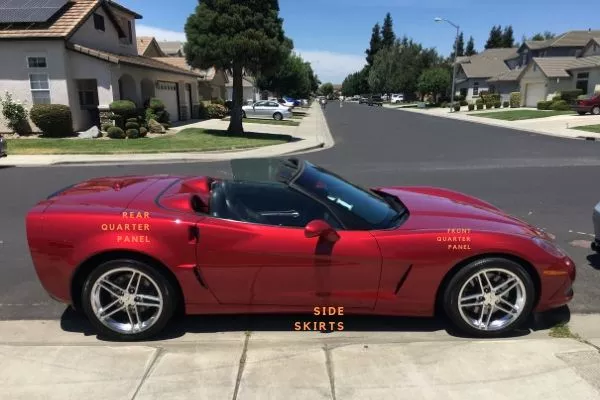
This side view of Corvette displaying its quarter panels and side skirt
Grille
This part of a car covers the opening located on the front allowing air to enter and exit. It serves to protect the engine and the radiator and is usually a big style component of the vehicle. It’s probably the first thing you’ll look at a car after all.
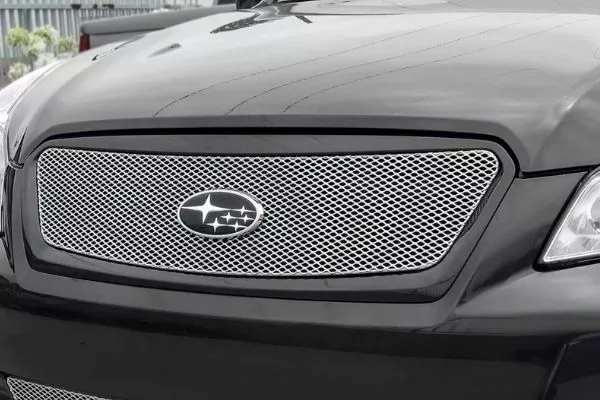
One of the first details that you'll notice on a car. Probably
3. Power-train and chassis parts: Names & Functions
The car suspension system and steering
Suspension System – This is a system of springs, shock absorbers and links connecting the body of the vehicle to its wheels. It absorbs bumps and the motion of a car’s weight transfer as it travels thus allowing for some bit of motion in-between the wheels and the car.
In modern cars, the type of suspension used on the front is usually different from the rear.
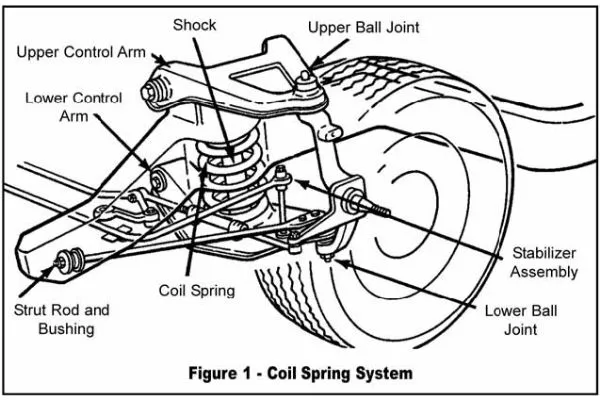
A typical car's suspension with labeled parts
Steering – Allows a vehicle to be directed to the desired direction. Nowadays, to make it easier for the driver, the steering system powered systems are called collectively as power steering.
Also, most modern cars use a rack and pinion steering mechanism where the steering wheel turns a pinion gear which in turn moves the rack.

You're not driving straight all the time right? Or are you?
Exhaust system
A series of pipes which directs exhaust gasses away from the engine.

Your car's fart cannon
Differential
It is a mechanical device that allows the outermost powered wheel to turn faster than the one inside when doing a turn. This is necessary because the outer wheel needs to cover a greater distance and will be rotating faster than the other wheel.
Drive Shaft
On cars, a drive shaft is a part that transmits torque and rotation. These are typically used on rear-wheel-drive cars because there is a distance between the engine which produces the power and the rear wheels where the power is being sent to for them to rotate.
Axle
On wheeled vehicles with a live-axle suspension system, these functions by transmitting torque to the driving wheel as well as holding the wheels together relative to the body of the vehicle.
Note that front-wheel driven cars usually don’t have axles and a rear-wheel-drive car might have two.
>>> Read more: Front Wheel, Rear Wheel or All-Wheel drive: Which is better?
Engine Oil Systems
A series of parts handling the oil which the engine needs to run effectively. Oil is needed on combustion for several reasons such as reducing heat from friction and premature parts degradation due to friction.
Transmission system
Controls the power applied to the wheels of a vehicle. It uses a series of gears that offer differing amounts of speed and torque. This enables a car to slow down, start and stop despite the engine’s constant high rotational speed.
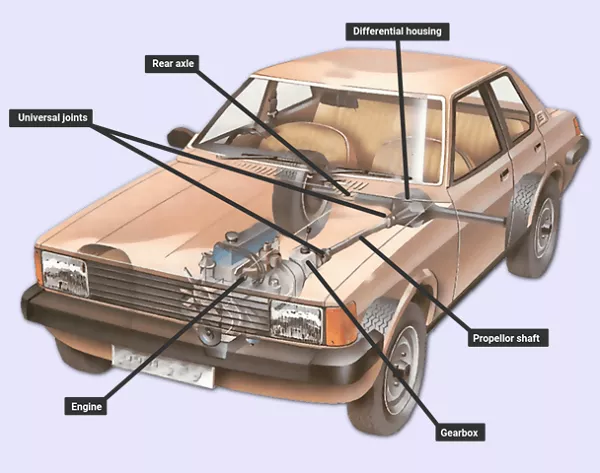
This diagram is for rear-wheel-drive cars, fwd cars are a bit different
Fuel Supply System
Consists of the fuel tank, fuel pump, and fuel lines. This system handles the storage and delivery of the fuel necessary for an internal combustion engine to function.
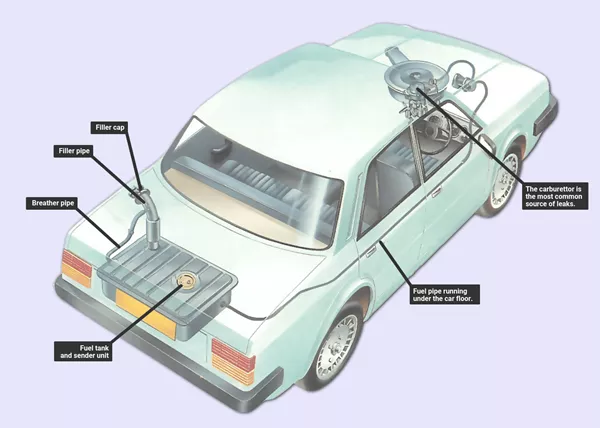
Because a car can't run on air alone
Engine Cooling System
Consists of several parts which are not limited to a radiator, a radiator fluid reservoir, and a series of pipes of differing sizes. The most major part of this system is the radiator and it functions by transferring heat away from the engine by way of engine coolant.

Engine cooling is necessary because of the combustion part of ICEs
4. Car parts engine & their functions
|
Engine part
|
Functions
|
|---|---|
|
Pistons
|
In most reciprocating engines like the internal combustion engine on cars, a piston functions by compressing gas and air inside a cylinder and is then pushed down by the mini-explosion done by the aforementioned compression. They, in turn, drive the crankshaft via a connecting rod.
|
|
Connecting Rod
|
A connecting rod is a part of an engine attached to a piston which then connects it to the crankshaft and is the part responsible for rotating the latter.
|
|
Crankshaft
|
Attached to the pistons via a connecting rod. Due to the reciprocating motions of the former, the crankshaft rotates by using rod bearings.
A crankshaft is then connected to a flywheel.
|
|
Flywheel
|
A flywheel is a device that stores rotational energy and provides the power transfer between the engine and the transmission.
It’s a hefty part thus it provides the rotational energy an engine needs to continue running. It also provides the means for an engine to get started via the starter ring.
|
|
It is a shaft where a cam is mounted on. As for the cams, they’re the teardrop-shaped things found along with the camshaft which is responsible for the opening of valves at different times.
|
|
|
Cylinder head
|
Referred to simply as the head, these are found on top of a cylinder block and closes the top of a cylinder keeping the pressure inside the combustion chamber. Typically, this is where the valves, the spark plugs, and the fuel injectors are also mounted.
Spark Plug - A device used to deliver a spark to burn the fuel/air mix inside the combustion chamber.
Fuel Injectors – sprays fuel into the combustion chamber
Valves – Responsible for controlling the fuel/air mix flow.
|
|
Cylinder
|
Space where the piston travels
|
|
Intake Manifold
|
Called also as the inlet manifold, this is the part of an internal combustion engine that supplies the fuel/air mixture to the cylinders.
|
|
Exhaust Manifold
|
In contrast to the intake manifold, an exhaust manifold is responsible for collecting exhaust gasses from the several cylinders in an internal combustion engine which are then lead to a single pipe.
|
|
Throttle Body
|
In most cars today, the engine is fuel injected. So a throttle body controls the amount of air going into the engine hence controlling how much fuel is burned.
This is directly controlled by the driver using the throttle pedal (accelerator pedal).
|
|
Carburetor
|
While most cars nowadays are using fuel injection, older cars use a carburetor which is a device responsible for mixing air and fuel.
|

The parts of an internal combustion engine
5. Electrical and starting systems
|
Electrical part
|
Functions
|
|---|---|
|
Alternator
|
It is a device used to charge the battery and power the electrical system whenever the engine is running.
|
|
Battery
|
A rechargeable battery that supplies power to the starter. Once the engine is running, the power supply is instead handled by the alternator.
|
|
ECU
|
The engine control unit or ICU or engine control module or ECM is a computer that controls the internal combustion engine’s fuel mix, idle speed, ignition timing, etc. Modern ECU’s today can be altered using programs.
|
|
Peripherals (Electronic)
|
This refers to devices that are not that essential for the operation of a car. Like the touch screen infotainment system, speakers, cameras, electronically adjustable seats, the interior car lighting, and in some luxury vehicles; even a fridge.
|
|
Ignition Systems
|
+ Starter motor – The starter motor is responsible for turning the flywheel when starting a car. Powered by the car’s batteries.
+ Ignition point/push to start button – In modern cars, usually comes in the form of a fob. In older (cheaper) cars, is an opening to insert the key which you then turn to start the car. On newer cars, there are many varied ways manufacturers designed this with the convenience of the user in mind like a push to start button which is usually combined with a smart key. A smart key tells the car that you’re nearby.
|
|
Fuse Box
|
A fuse box is a part of the car that contains a number of fuses. Fuses are responsible for protecting electrical equipment as well as their wiring.
|
A simple diagram of a car's essential electric systems
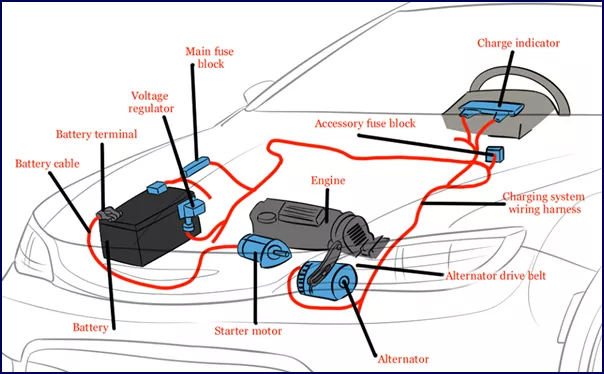
6. Parts of a car: Safety features
|
Safety features
|
Functions
|
|---|---|
|
Seat-belts
|
Holds a driver and/or passenger in place during a crash. Prevents you from flying out of your vehicle due to a sudden stop.
|
|
Airbags
|
A bag designed to inflate fast whenever the crash sensors detect that you’ve had a collision. This provides cushioning for a driver/passenger thus reducing injuries.
|
|
In this day and age, manufacturers are developing and improving car safety by introducing high-tech systems that aid the driver. Some of these will actively warn a driver if he/she is veering off a lane, warns of objects on a car’s blind spots, detects objects on the road, assists in braking, etc.
|
|
|
Security Systems
|
Consists of a car alarm, and a central lock. This discourages thieves from stealing your car or stealing your car parts inside.
|
A diagram of a car's safety systems complete with surprised mother and child
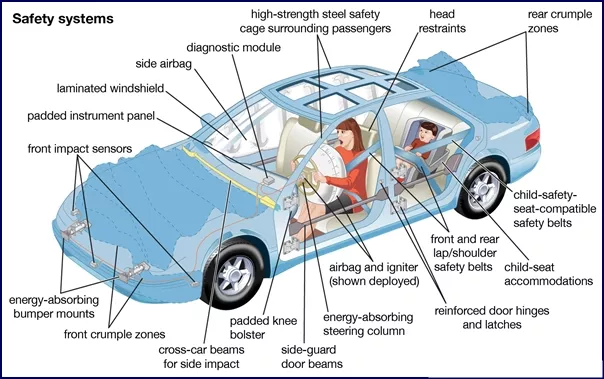
Did this list make you more familiar with the different parts of a car? Is our list complete or do we need to elaborate more on the different car parts?


